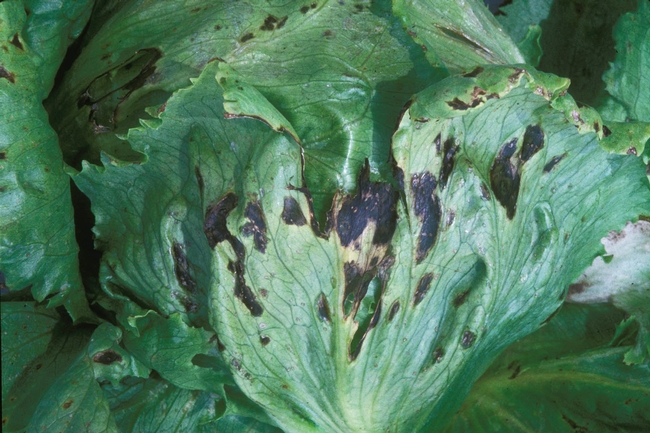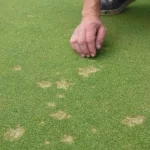Xanthomonas hortorum pv. vitians
Introduction
Xanthomonas hortorum pv. vitians is a bacterial pathogen responsible for bacterial leaf spot in lettuce and other leafy vegetables; this pathogen poses a significant challenge to growers worldwide [1]. Bacterial leaf spot can lead to substantial crop yield losses and severe economic consequences. Historically, outbreaks can cause up to 100% yield loss, and in 2010, it was reported to be as high as 50% in Florida [2]. This blog discusses the symptoms, life cycle, and infection stages of Xanthomonas hortorum pv. vitians, as well as optimal growth conditions and prevention and control measures for bacterial leaf spot.
It is important to be aware that Xanthomonas hortorum pv. vitians is a recent name, and the pathogen was referred to as Xanthomonas campestris pv. vitians and other names previously [3]:
- Xanthomonas lactucae
- Xanthomonas vitians
- Xanthomonas axonopodis pv. vitians
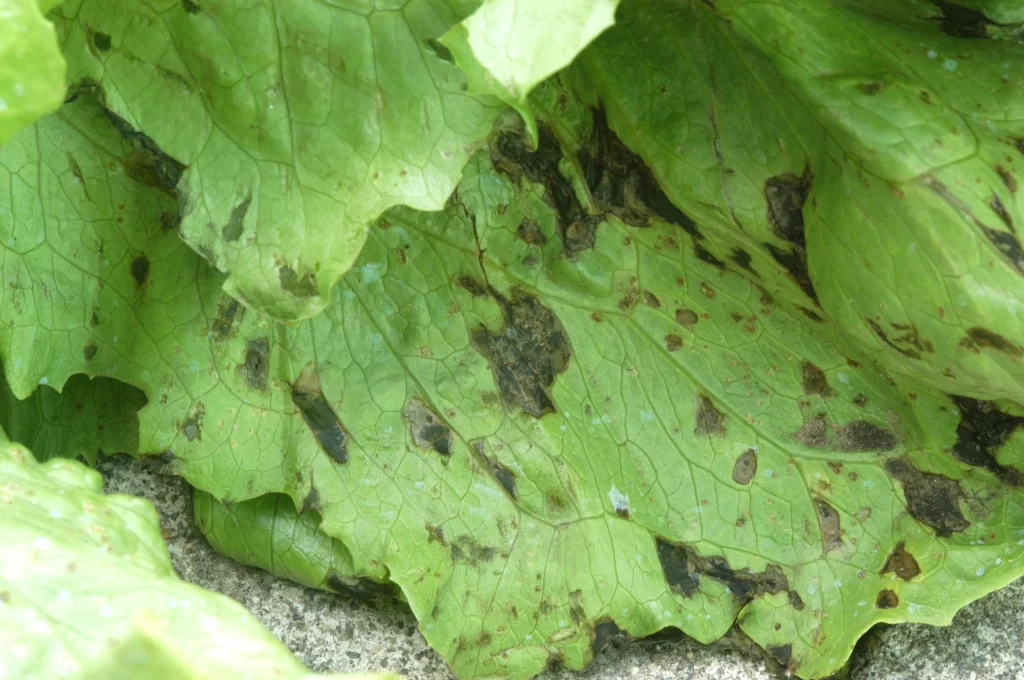
Xanthomonas hortorum pv. vitians primarily infect lettuce; however, they can also affect other vegetables to varying degrees [4–6]. The susceptibility levels listed below provide a general guideline, but they may vary depending on the specific cultivar and growing conditions. If you are interested in seeing the full list of hosts for Xanthomonas hortorum and its pathovars, please refer to this article: https://bsppjournals.onlinelibrary.wiley.com/doi/10.1111/mpp.13185.
Table 1. Hosts Affected by Xanthomonas campestris pv. vitians
|
Common Name |
Scientific Name |
Susceptibility Level |
Common Cultivars |
|
Lettuce |
Lactuca sativa |
High |
Iceberg, Butterhead, Leaf, Cos |
|
Romaine Lettuce |
Lactuca sativa var. longifolia |
High |
Parris Island Cos, Valmaine, Jericho |
|
Endive |
Cichorium endivia |
Moderate |
Frisée, Belgian endive (Witloof) |
|
Chicory |
Cichorium intybus |
Moderate |
Catalogna, Sugarloaf, Grumolo Verde |
We provide great overviews of many agricultural microorganisms. Subscribe to stay updated!
Symptoms of Bacterial Leaf Spot Caused by Xanthomonas hortorum pv. vitians
BLS symptoms typically appear as water-soaked, irregularly shaped lesions on leaves, which often turn brown to black with a yellow halo surrounding the affected area. As the infection progresses, leaves become necrotic and may eventually fall off. In severe cases, the entire plant can collapse due to bacterial infection [2,7–9].

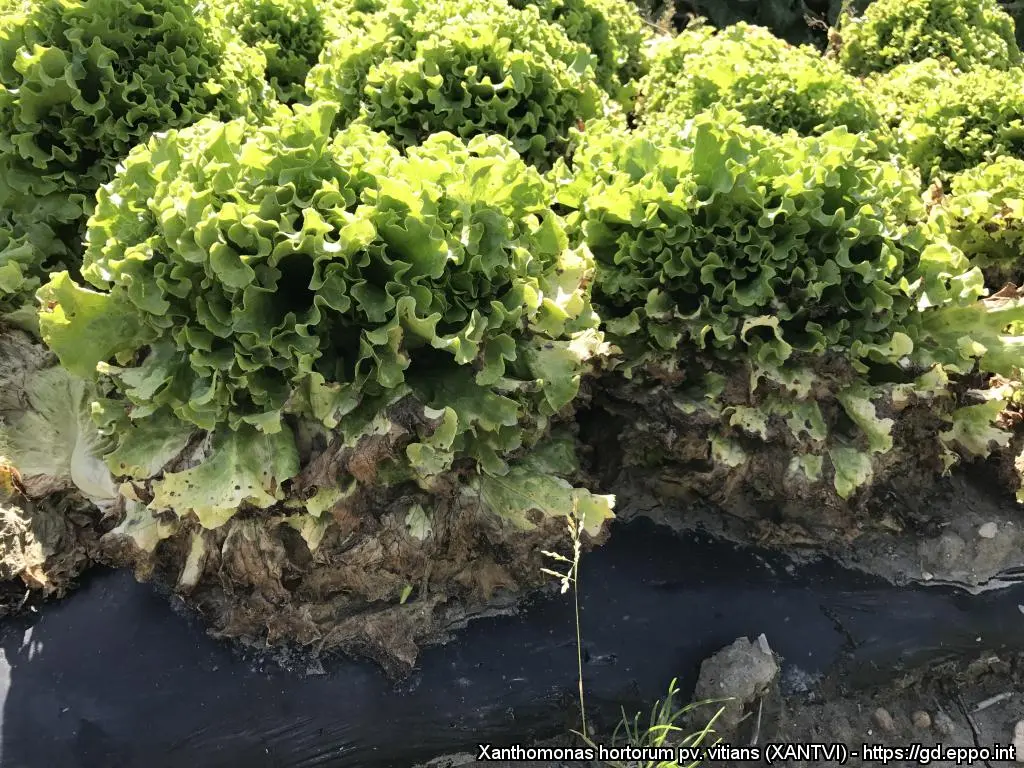
Life Cycle and Infection Stages
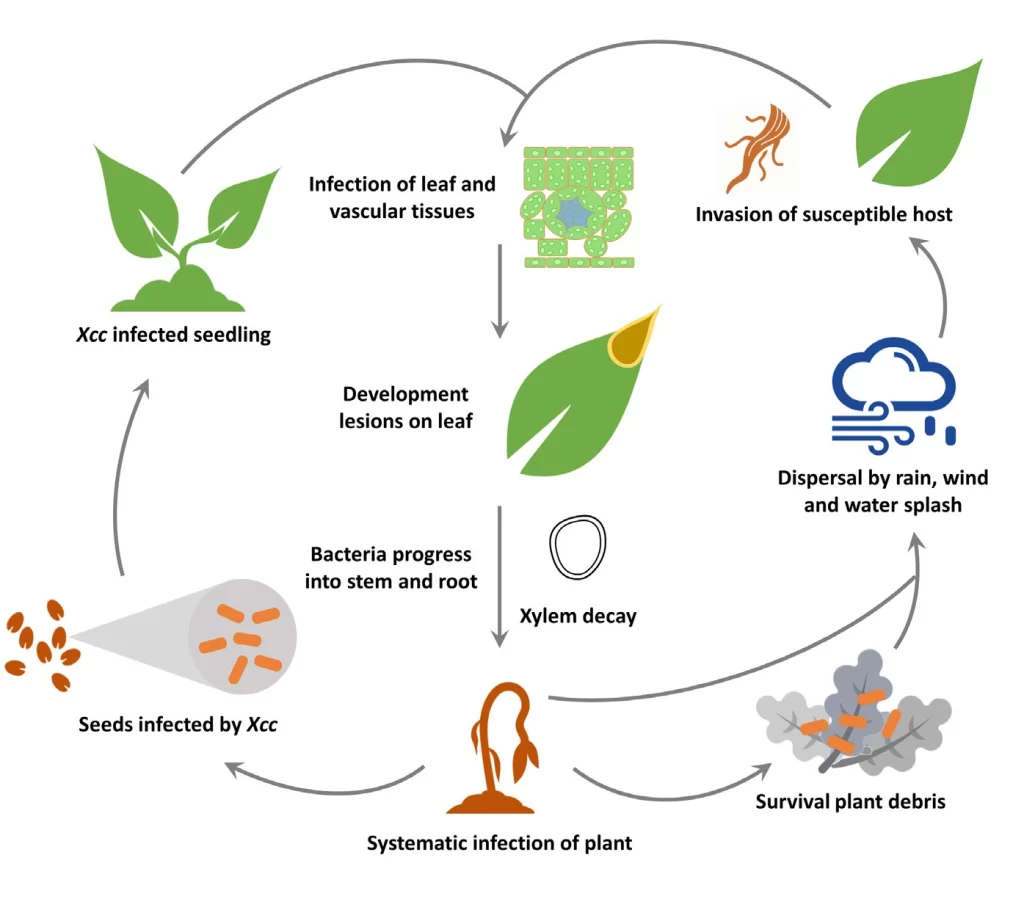
The bacteria can survive up to six weeks in soil but up to two years in plant debris. It enters the plant through natural openings or wounds and multiplies within the tissue, producing exopolysaccharides (EPS) responsible for leaf spot symptoms. EPS are molecules created by the bacteria that promote the bacteria’s ability to infect and persist in an area. The bacteria can also infect seeds, which leads to damaged seedlings. After infection, the pathogen can then spread to other plants via rain splash, wind, or contaminated tools and equipment [2,9,10].
Growth Conditions for Xanthomonas hortorum pv. vitians
The bacteria thrive in warm, humid environments, with bacterial leaf spot developing at approximately 22°C (73°F) and relative humidity above 90% [2]. The bacteria can survive on plant debris and in the soil for several months, making it difficult to eradicate once established in a field [8].
Prevention and Control Measures
To effectively manage bacterial leaf spot, it is important to implement the following prevention and control measures [2,8,9]:
- Regular testing: routinely scouting and testing the facility to detect the presence of Xanthomonas hortorum pv. vitians before it spreads
- Cultural practices: Utilize crop rotation and remove plant debris post-harvest to minimize inoculum sources.
- Resistant cultivars: Choose lettuce varieties with proven resistance to bacterial leaf spot
- heirloom lettuce cultivars Little Gem, Pavane, and La Brillante
- leaf lettuce PI358001-1
- Chemical control: Copper-based bactericides or other approved chemicals to manage the disease.
- Biological control: Employ beneficial microorganisms, such as Bacillus subtilis, to suppress the growth of Xanthomonas hortorum pv. vitians.
- Sanitation: Disinfect tools and equipment regularly to minimize pathogen spread.
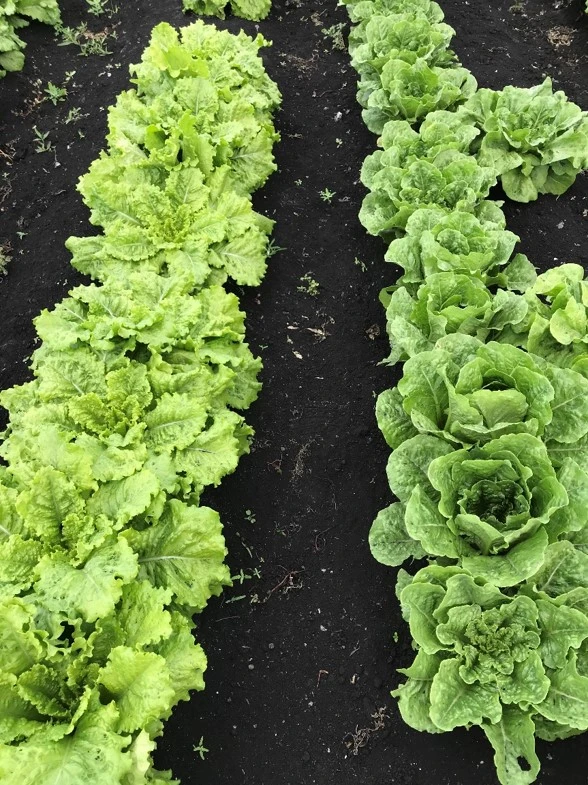
Xanthomonas hortorum pv. vitians is a formidable pathogen in the battle against bacterial leaf spot in lettuce and other leafy vegetables. To minimize its economic impact and protect crop yields, growers must employ an integrated approach to disease management. This includes adopting cultural practices, selecting resistant cultivars, implementing chemical and biological control measures, and practicing proper sanitation. By understanding the pathogen, its life cycle, and infection stages, growers can make informed decisions to effectively manage and mitigate the risks associated with bacterial leaf spots caused by Xanthomonas hortorum pv. vitians.
Disclaimer:
The information we present in Pathogen Profile is based on collating published peer-reviewed scientific literature and sources we think are reliable. This is by no means an exhaustive review of pathogens. Pathogen Profile gives a small glimpse of what is known about pathogens. We encourage growers to do more research on the pathogens concerning their crops and hydroponic systems. We are not plant pathologists; thus, the information presented in the Pathogen Profile should not be used as professional advice to treat pathogens or operate your system.
References
[1] Hébert, P.-O., Laforest, M., Xu, D., Ciotola, M., Cadieux, M., Beaulieu, C., et al. (2021) Genotypic and Phenotypic Characterization of Lettuce Bacterial Pathogen Xanthomonas hortorum pv. vitians Populations Collected in Quebec, Canada. Agronomy. 11 (12),.
[2] Sandoya, G. and Odero, D.C. (2021) BACTERIAL LEAF SPOT OF LETTUCE: AN UNPREDICTABLE ENEMY TO THE FLORIDA LETTUCE INDUSTRY. AskIFAS.
[3] EPPO (2023) Xanthomonas hortorum pv. vitians. EPPO Global Database.
[4] The Canadian Phytopathological Society (2015) Diseases and Pests of Vegetable Crops in Canada. The Canadian Phytopathological Society and Entomological Society of Canada, Ottawa, ON.
[5] Sahin, F. and Miller, S.A. (1998) Two New Hosts of Xanthomonas campestris pv. vitians. Plant Disease. 82 (2), 262.
[6] Dia, N.C., Morinière, L., Cottyn, B., Bernal, E., Jacobs, J.M., Koebnik, R., et al. (2022) Xanthomonas hortorum – beyond gardens: Current taxonomy, genomics, and virulence repertoires. Molecular Plant Pathology. 23 (5), 597–621.
[7] Morinière, L., Burlet, A., Rosenthal, E.R., Nesme, X., Portier, P., Bull, C.T., et al. (2020) Clarifying the taxonomy of the causal agent of bacterial leaf spot of lettuce through a polyphasic approach reveals that Xanthomonas cynarae Trébaol et al. 2000 emend. Timilsina et al. 2019 is a later heterotypic synonym of Xanthomonas hortorum Vauterin et al. 1995. Systematic and Applied Microbiology. 43 (4), 126087.
[8] Koike, S.T. and Bull, C. (2013) Bacterial Leaf Spot of Lettuce: Request for Samples. SALINAS VALLEY AGRICULTURE.
[9] Gorgo-Gourovitch, M. and Bull, C. (2022) Lettuce Bacterial Leaf Spot. PennState Extension.
[10] An, S.-Q., Potnis, N., Dow, M., Vorhölter, F.-J., He, Y.-Q., Becker, A., et al. (2019) Mechanistic insights into host adaptation, virulence and epidemiology of the phytopathogen Xanthomonas. FEMS Microbiology Reviews. 44.
![]()
David Santos is an Agritech Advisor at Healthy Hydroponics InnoTech


